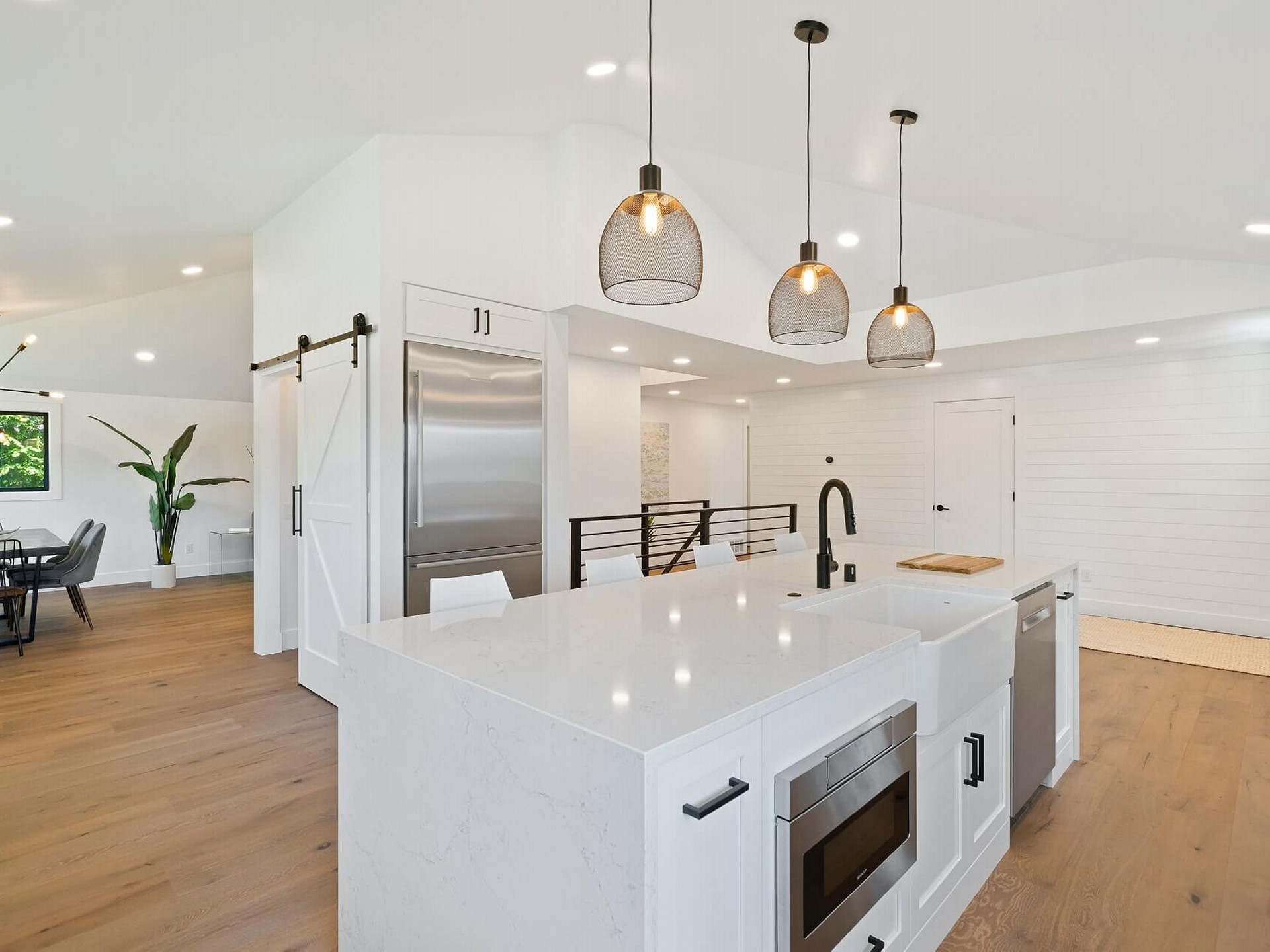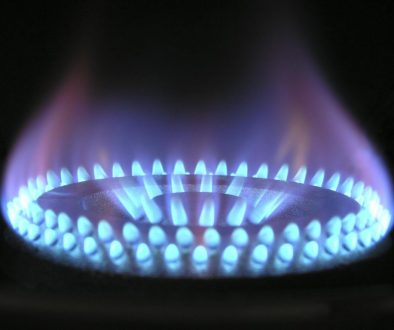Underfloor Heating
Save Space & Add Value
If you’ve ever experienced underfloor heating in someone’s home, no doubt you’ll feel that it has a touch of luxury about it. Padding across a warm floor, especially if you’ve been out in the cold or you’ve just got up, can really make you feel warm and cosy, it’s a lovely feeling.
Underfloor heating can also be a great space saver if you simply don’t want to hang a traditional radiator. It can often also work more cost-efficient to run than more traditional heating methods, too.
So, what do you need to know about underfloor heating?
- first of all, and, using our service, adding a touch of space and luxury to your home won’t break the bank and, in the long run, it could actually save you money. This is because this form of heating is very efficient, and it typically offers lower running costs that some other forms of conventional heating;
- the basic principle of underfloor heating is that heated water passes through a manifold and run through pipes under your floor – this heat then conducts in to the fabric of your floor and rises to heat your home;
- underfloor heating systems can typically be installed under any type of floor, although some work more efficiently than others;
- as the piping heats up, the heat rises through the floor into your rooms – this is essentially a much more efficient system that conventional radiators where the heat rises to the ceiling (an empty space) and then circulates back down as it cools;
- the water in the pipes of typical underfloor heating systems may only need to be heated to between 35-50 degrees, lower and therefore more economical, than some conventional boiler and radiator systems;
- the modern materials used for the pipework under the floor are extremely durable and under normal circumstances, should not need maintenance;
- professionally installed systems offer no risk of fire or heat damage to void spaces or surrounding materials;
- contrary to what some people may imagine, it is typically possible to install such systems in older houses with wooden floors etc;
- underfloor systems may mean that you can choose floor surfaces traditionally regarded as cold (tiles, concrete, slate etc) and they will feel warm to the touch – such surfaces are known to be better in terms of reducing allergens and dust mites, something that may help your health and improve air quality in your home;
- the system may have one or more control points that are typically associated close to your boiler (or other heat generation source) – these will be periodically checked and serviced as part of our regular maintenance programme;
- there is little doubt that the benefits of underfloor heating are becoming ever more widely recognised and we would welcome the opportunity to discuss these systems with you.



